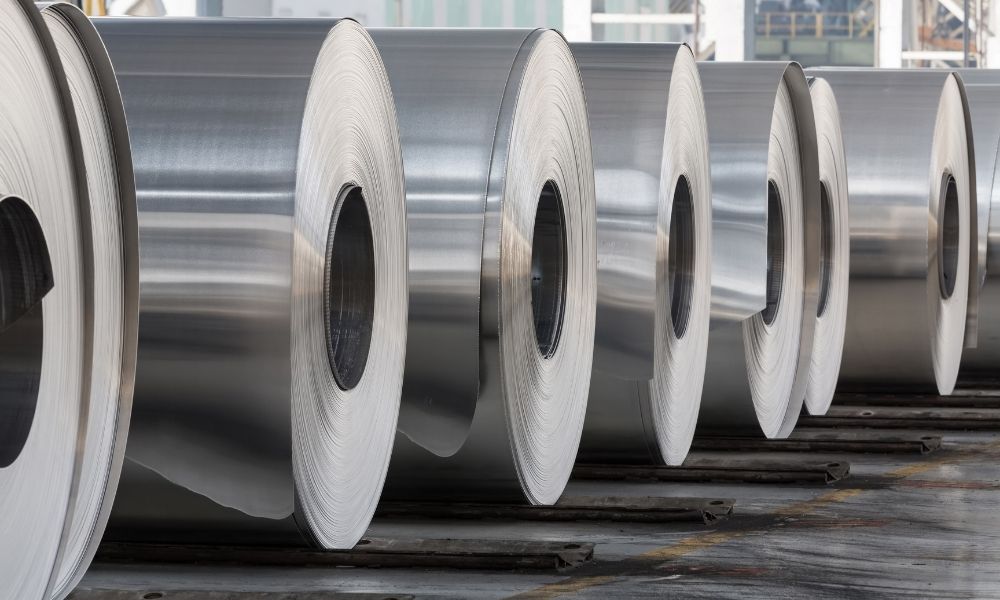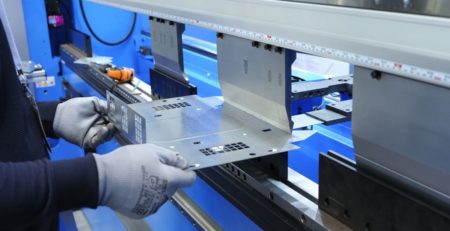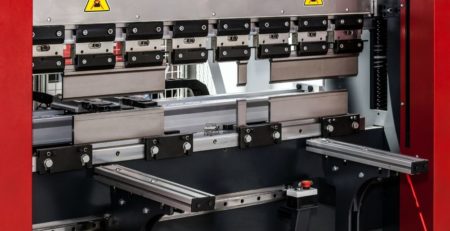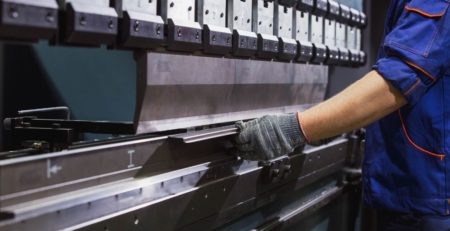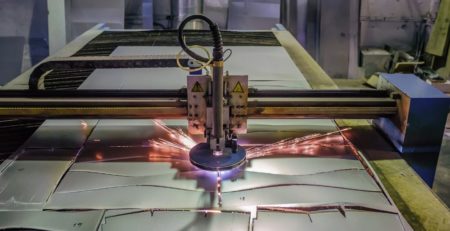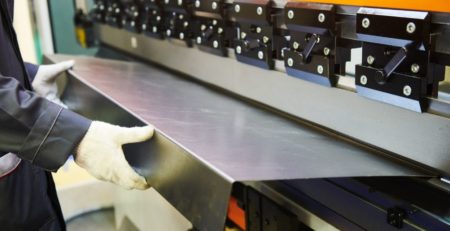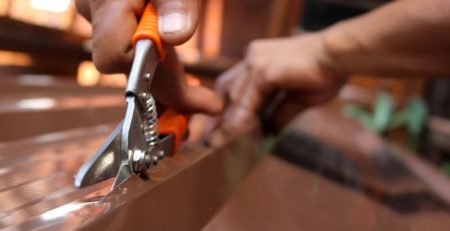The Most Flexible Types of Metal
Nearly everything we touch has a hint of metal in it. Construction, jewelry, technology, manufacturing—metal reaches far beyond scientific laboratories and into the realms of practically every industry. But why is this?
Metals are curious items with a whole set of unique characteristics that set them apart from nearly every other element on Earth. One of these aspects is metal’s ability to bend while holding its form. Before diving into the most flexible types of metal, it’s important to remember the general properties of all metals.
What Makes a Metal?
Imagine just how different alkali metals, alkaline earth metals, lanthanides, and actinides are from each other. Though these designations on the periodic table ascribe information to sets of elements, they all have metallic origins. Despite their idiosyncratic identities, there is unity among them. So, what exactly makes a metal?
The Key Properties of Metals
Scientists judge the nature of a metal according to very distinct characteristics. The key properties of a metal are as follows: malleability, thermal and electric conductivity, density, melting point, and ductility.
Malleability
Malleability describes a metal’s ability to stretch and extend without breaking. The very nature of metals lends them to the hammer and anvil in a hot forge. Malleability is one of the crucial aspects that determines the flexibility of a metal and how people can apply it.
Thermal and Electrical Conductivity
Conductivity is the ability of a substance to transfer energy from one item to another. This energy comes in the form of thermal or electrical energy. Some metals are incredibly conductive—meaning they transfer heat or electricity efficiently and quickly—while others are not.
Electrical conductivity is especially important in practical applications like electrical cords, where lengthy pieces of metal wires must sustain electrical circuits and effectively transfer energy back and forth between the wall and the product. In fact, metallic conductivity governs the usability of the devices you use on a daily basis.
Density
The density of an object describes its compactness. In mathematical terms, density equals the mass of an item divided by its volume. Density impacts the way metals react when manufacturers or metallurgists use them.
Take silver and gold, for example. Gold is much denser than silver at a ratio of nearly two to one. If you measure out one ounce of gold and one ounce of silver, the gold bar will be half the size of the silver one. This is because gold has more mass per square inch than silver, so each bit of gold will weigh more, resulting in the smaller block of equivalent weight.
Melting Point
Solid metals have a melting point at which they become hot enough to liquefy. To change a metal’s state of matter from solid to liquid, you must apply enough heat to it for a long enough time. Melting points for metals are essential knowledge for everyone, from forgers to jewelers. Without fine-tuned heat application, you could never have beautiful jewelry or smartphone metal components.
Ductility
A ductile metal is one that can change its shape and hold its form. If a metal is ductile, it can undergo lasting change. The best example of this is a metal drawn out into a wire. Because metals conduct electricity well, they are prime materials for this application.
Supplemental Aspects of Metals
Aside from the primary aspects of metals, there are supplemental facets that determine a metal’s nature. These other aspects include:
- Location on the periodic table. This determines a whole host of elemental groupings and organizations which aid scientists in further discovery.
- Geographic origin. Metals exist deep within the soil, and professionals must unearth them for further processing. A metal’s geographic origin translates into meaningful data about the earth’s geology and history.
- Known rarity. All resources on Earth are limited, including metals. The rarity of a metal describes how much of it people claim to have found. This information drives things like metal costs and distribution purposes.
The Most Flexible Metals
After exploring the dimensions of the metal world, it’s time to learn about the ones that are highly malleable and ductile. These are the most flexible and bendable metals you should know about (without delving into the endless world of custom alloys).
Aluminum
Aluminum is a light metal that bends easily. It doesn’t rust and will bend to many technical applications you may need. Everything from food cans to window frames to airplane parts have a hint of aluminum. Its flexibility, among other characteristics, makes it perfect for an array of industries.
If you need to imagine the flexibility of aluminum, consider the aluminum foil in your kitchen. Though people may refer to it as tin foil, it is primarily aluminum that creates the flexible sheet.
Brass
Brass is highly malleable and shiny, making it both a beautiful and practical metal. While you can apply various finishes to the metal for differing levels of luster, its flexibility doesn’t change. You can find brass items in areas where corrosion and friction resistance is key. Locks, hinges, zippers, valves—each of these items contain brass.
Think about instruments from the aptly named brass section of the band. Trumpets and trombones both consist mainly of brass due to their malleability, luster, and durability. No matter how many times you slide a trombone tube or blow moist air through its tubes, the metal doesn’t rust or wear.
Copper
Copper is a heavy and dense metal. However, it still retains a significant malleability that warrants placement on the list of most flexible metals. Despite its heft, copper is conductive and ductile, making it perfect for everything from electrical wiring to jewelry.
Knowing about the most flexible types of metal helps scientists and machinists alike make the most of their craft. If a metal finds its way into a factory setting, it’s bound to encounter a CNC sheet metal folding machine or something of the like. When an appropriately flexible metal feeds through a bending machine, you can trust that the final product will hold its shape indefinitely.


